Home Theater Speakers: All the Questions You Were Afraid to Ask
Our “Things You Always Wanted to Know” series takes on some of the most basic questions people have about our hobby. If you are a veteran of home theater and AV, you should know the answers to all or most of these questions. We get questions like these all the time from people starting their home theater journey. If you are new to home theater, or just want to test your knowledge, read on! These are all the questions you always wanted to know about home theater speakers but were afraid to ask!
What are home theater speakers?
Any speaker that is used in the watching of movies or television would be considered a home theater speaker. These speakers can be soundbars or full multichannel surround sound systems. They are simply speakers that are outside of your TV but connected to the content being displayed.
Which are the “best” home theater speakers?
There are so many good speakers out there it is impossible to say that there is a “best.” The room that a speaker is in can have a huge effect on how a speaker sounds. This means that a speaker that sounds great in one room may sound horrible in another.
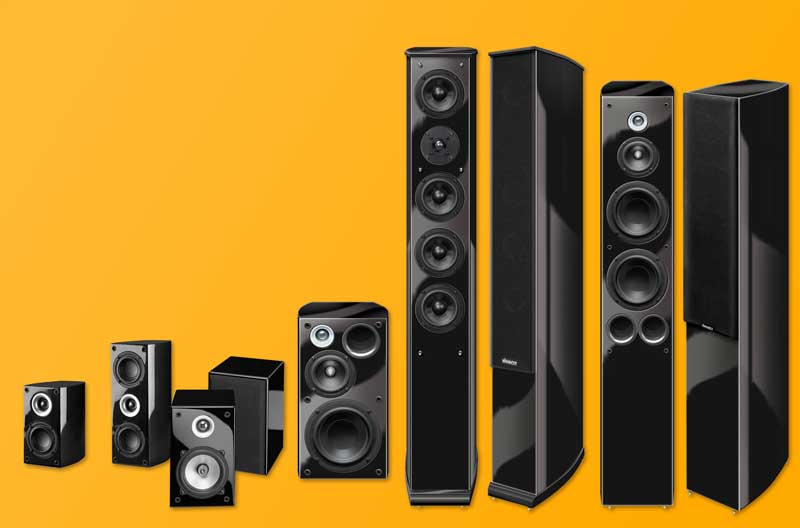
Home theater speakers come in many sizes, why?
There are just so many reasons. The two main reasons are use case and demand. If audio quality were king, most speakers would be much larger than they are. But they’d also be much harder to sell as owners typically want speakers to be smaller so that they are easier to integrate into their homes and decor.
There are other times, however, that the use of the speaker determines the size. Surround speakers tend to be smaller because they will be placed very close and don’t have to play very loud. Floorstanding speakers will be larger because they need to get louder and be more sensitive.
What are the different parts of a speaker?
The three main parts of a speaker are the drivers, the crossover, and the binding posts. The drivers are the parts that make the sound, the binding posts are where you connect the wires, and the crossover directs different parts of the signal to the different drivers. You normally never see the crossover as it is inside the speaker enclosure.

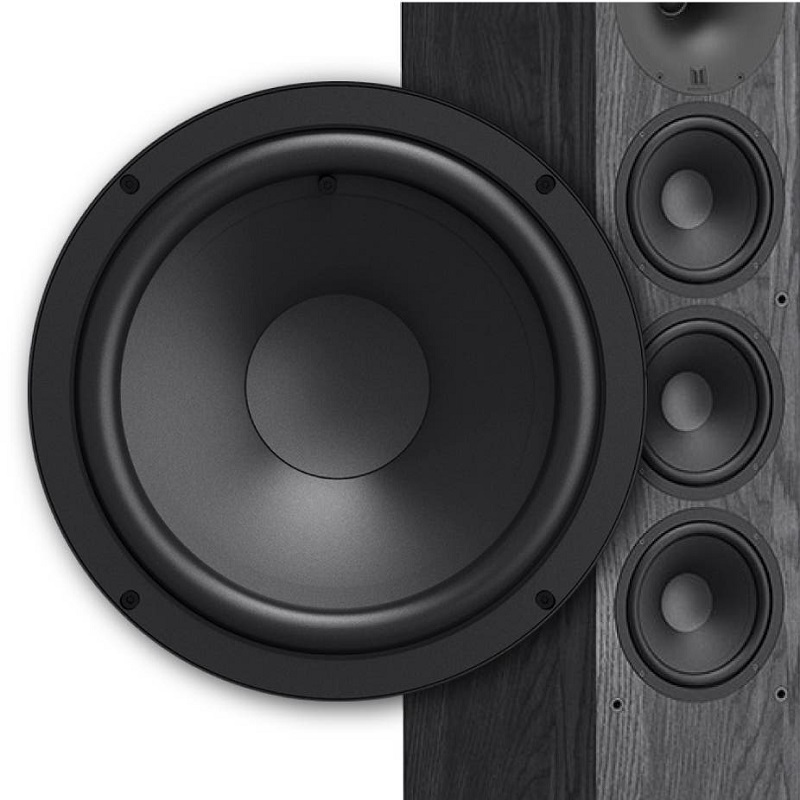
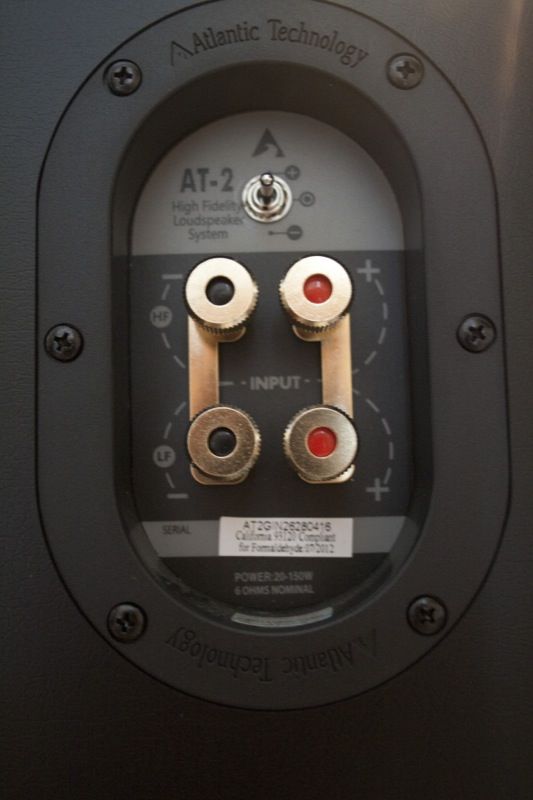
There are two types of drivers in a home theater speaker – tweeters and woofers. The tweeter takes care of the high frequencies and the woofers the lower. You’ll sometimes see smaller woofers called midrange drivers and the larger ones as bass drivers.
Is one type of driver the best?
You’ll see some speakers with black drivers and others with gold. Manufacturers may even make claims about their driver material being “stiffer” than other materials. In general, however, there are no “best” when it comes to driver types. Even drivers that are objectively better (as far as their performance) have tradeoffs. Normally price. Sometimes with off-axis response and directivity.
What are those holes in some speakers?
Those are called ports. They allow air to travel in and out of the speaker cabinet. Not all speakers need them. The ports are used to increase the bass response.
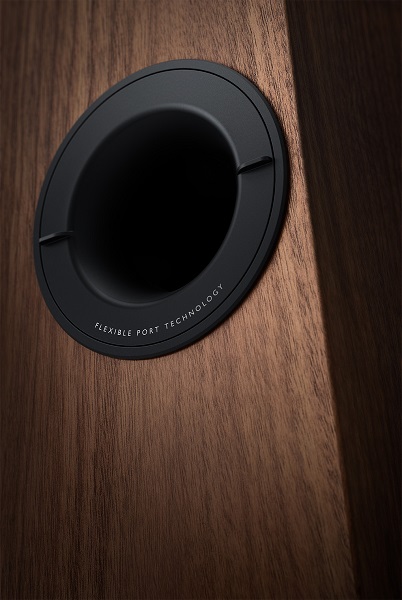
Are speakers with ports better or worse?
Neither. There are excellent speakers with and without ports.
Which are better, floorstanding or bookshelf speakers?
Whether you should get floorstanding (tower) or bookshelf speakers heavily depends on your seating distance and room. Generally speaking, floorstanders are more expensive, can play lower, and can play louder. This does not mean they are better or that they will sound any different to their bookshelf brethren in your room. An overly large speaker in a small room will be hard to place and often not sound as good as a smaller version. A too-small speaker in a huge room will not have enough bass to effectively cross over into the subwoofer. Your room and use will determine which type of speaker is best for you. But if you change rooms, you may find you need to change speakers as well.

How do I know which is the best speaker for me?
This is probably the question we get most often about home theater speakers and we’re afraid the answer won’t satisfy you. While simple math will tell you whether you should get floorstanding or bookshelf speakers, it won’t tell you which will sound best to you. There are few ways better than in-home auditions. Listening to a speaker in your home is the best way to know how a speaker will sound in your room. That said, speakers that have flat frequency responses tend to be the ones we recommend. A flat frequency response means that the speaker does not color the sound in any way.
How do I know which speakers have flat frequency responses?
Professional reviews are the best way. They will measure the speaker. Even when they don’t, most professional reviewers will let you know if there is any coloration of the sound by the speaker.
Is bass important for a home theater speaker?
Most people will get freaked out if a speaker doesn’t have a lot of bass. The fact is that most of your bass should be reproduced by a subwoofer and not your speakers. As long as your speakers can play down to 80Hz, that should be more than enough bass.
Why do glossy speakers cost more?
Because they are pretty. Also, the finish is much more labor-intensive so it costs more. It doesn’t make the speakers sound any better.

My floorstanding speakers came with carpet spikes. Should I use them?
Absolutely not. Carpet spikes create a direct connection between the speaker and the ground. You should decouple your speaker to stop any vibrations from traveling through the structure of your home.
Why can’t I find a speaker in the size/color/shape that I want?
Because what you want is unusual. That’s just supply and demand.
Can I damage my speaker by pairing it with an amplifier that is too powerful?
Not usually. The speaker draws power from your amp. The fact that the amp has more power than the speaker will ever need is not an issue. The only problem would be if you tried to turn the volume up very, very high. Then the problem wasn’t the amp, it was you.
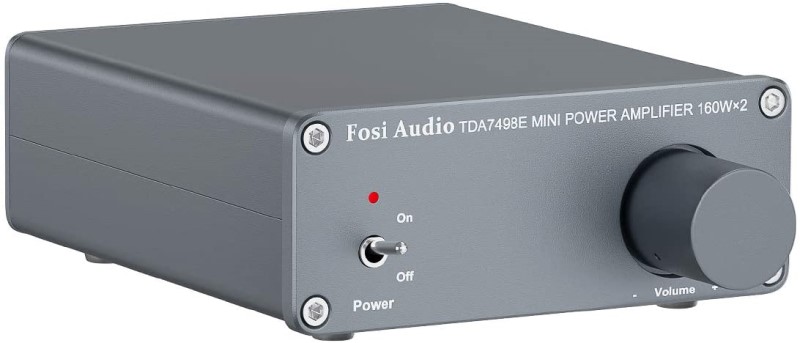
Can I damage my speaker by pairing it with an amplifier that has too little power?
Yes. When the speaker tries to pull too much power from an amplifier, the amplifier will distort. This will usually destroy your tweeter.
I’ve got some hand-me-down speakers. Can I use them for home theater?
Absolutely. Newer speakers may be labeled as “home theater,” but any speaker can be used in a home theater setup. Regardless of what manufacturers might claim, speaker technology hasn’t changed that much in the last 20 years. Yes, we know more about how sound waves interact with your room and have newer materials to work with. Yes, we have complex computer programs that can help us create speakers that sound better in smaller cabinets. But, in the end, it is simply drivers creating waves of sound. If you have some speakers, you sure can use them. Could you find speakers that sound better? Probably. But not for free.
Wrap Up
We are going to call it here. It has quickly become clear that there are likely a lot more questions about home theater speakers that people might be afraid to ask. If you have some, let us know and we’ll answer them in a follow-up article.

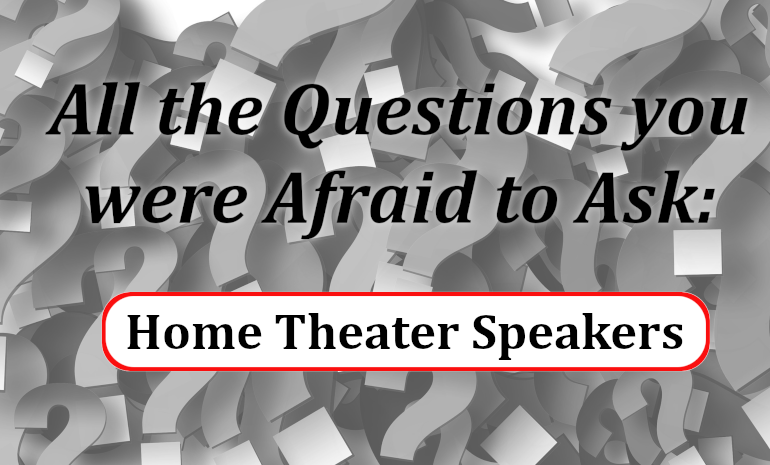

Hello,
I am in the process of updating my home theatre. My goal is to have a 5.1 2 dolby atmos sound system. I have a tcl tv with dolby atmos and vision, also earc. I also have two passive ceiling speakers with unknown specs. For my back two speakers I will be purchasing two powered sonos one sl and the sonos port. Can’t run wire for back speakers.
Im looking at purchasing the onkyo nr6050, (200w/channel/6 ohms/1 channel driven and 90w/channel/8 ohms/2 channel driven). I will also be purchasing a klipsch powered sub r-100sw; two klipsch rp-500m with nominal impedance of 8 ohms, 75/300 watts cont/peak; one rp-500c with nominal impedance of 8 ohms, 100/400 watts cont/peak.
So I have a total of 5 passive speakers (center, front left and right and the 2 ceiling speakers) being run by the onkyo all other speakers are powered. Excluding ceiling speakers the speaker wire (gage is yet to be determined) length will be less than 10 ft. The room size is about 20 by 20 ft., 13 ft flat ceiling height. The listening position is about 12 ft from tv and front speakers including the subwoofer. I am not after sound volume as much as sound quality. I don’t play any loud music or tv.
This setup will cost me just under 2 grand, yikes.
Before I purchase anything I need to know if the onkyo and speakers are compatible. Any help you can provide will be appreciated. Please keep in mind that my skills here are novice level at best.
Rick
Email: [email protected]
Those speakers will not work as rear speakers with that onkyo (I believe). The Onkyo doesn’t have pre-outs. Check out our article on wireless rear speakers for more info.
I have a Klipsch Synergy Black Label Sub100 (powered subwoofer) which I’m connecting to a 2 channel mini amp which doesn’t have an RCA output. I was told to use a loc and I have the Scosche LOC80 but this is not giving optimal performance. Please help on any better suggestions. Thank you
Not sure what you mean by “no optimal” but you don’t have many options here. You’re trying to convert a speaker level output (which doesn’t really exist on your 2-channel amp) to a line level output. Your best solution is to upgrade something – either the amp to something with a subwoofer out RCA connection or a subwoofer with speaker wire inputs.